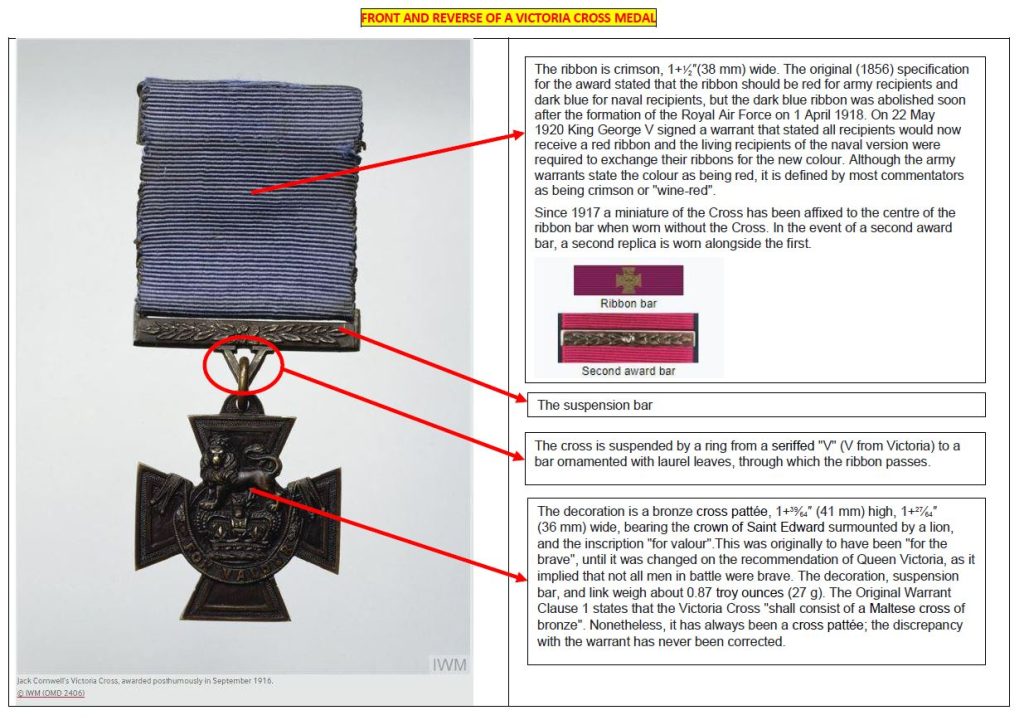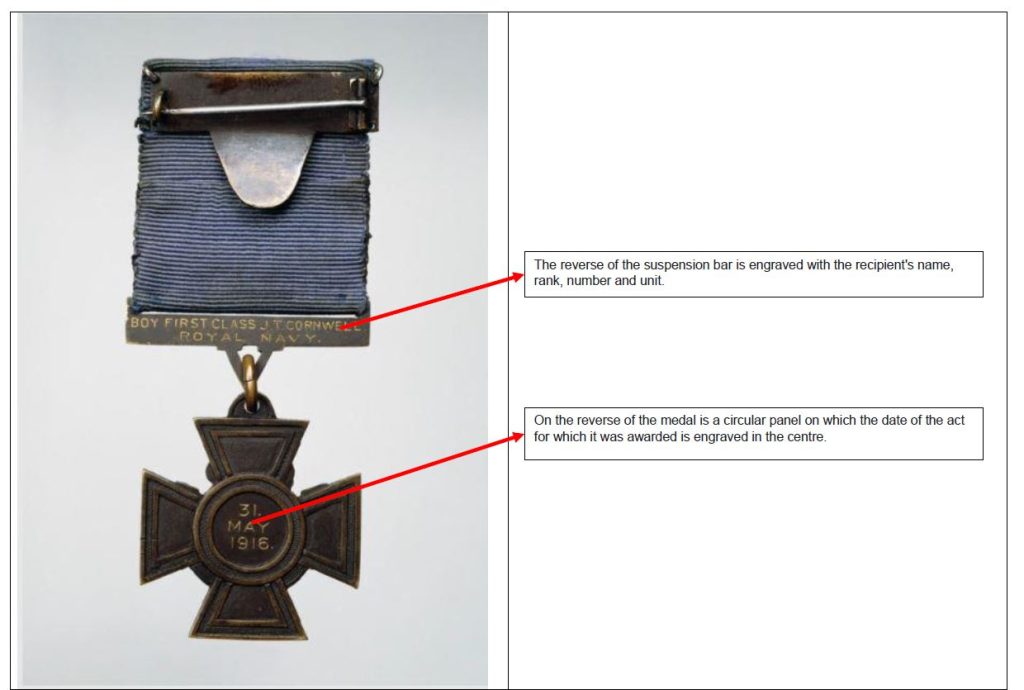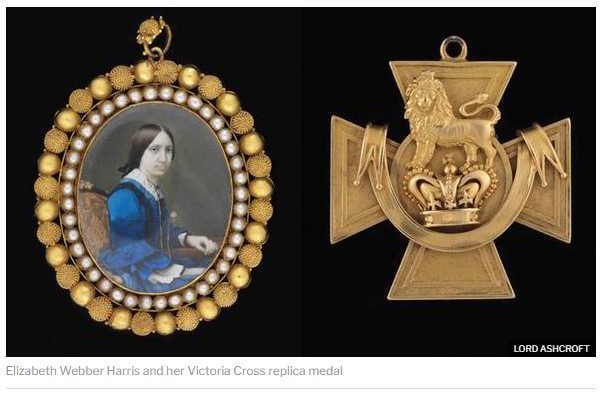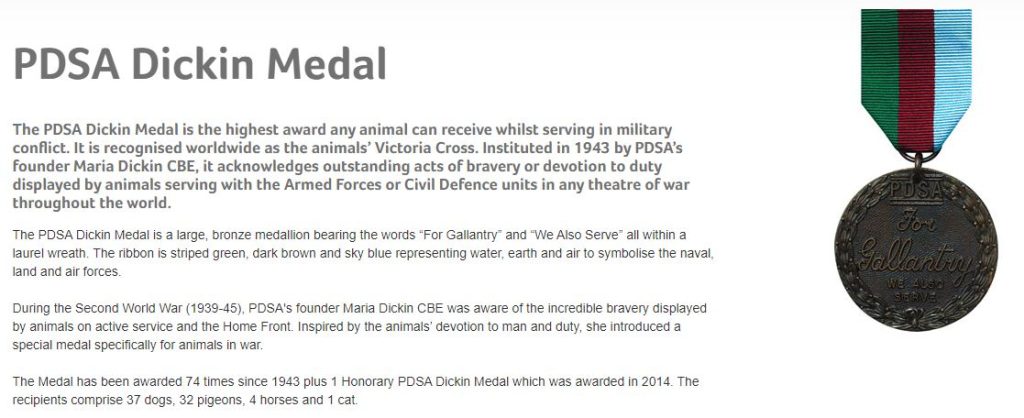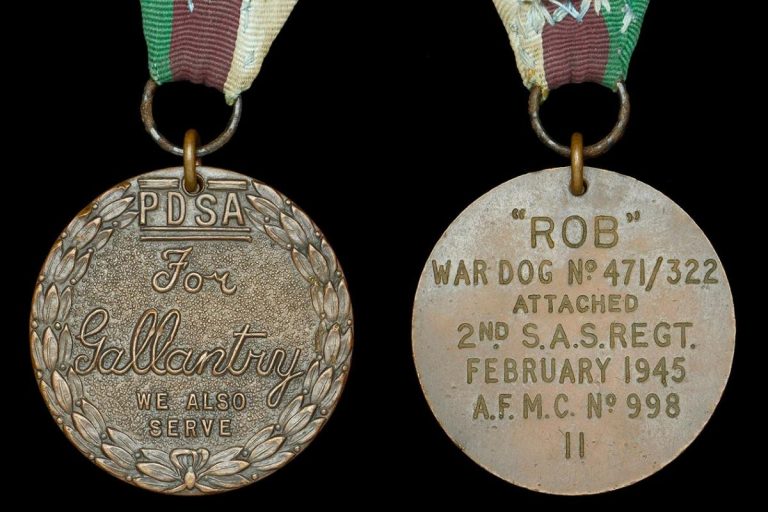The Victoria Cross (VC) Medal : Trivia
This page contains facts, figures, data regarding the victoria cross medal.
The Victoria Cross (VC) Medal : General info
A Victoria Cross act has to be seen by several witnesses. After being carefully considered, it is sent for approval by the monarch.The witnesses can be from both sides.
The two youngest recipients of the Victoria Cross were Thomas Flinn in 1857 and Andrew Fitzgibbon in 1860. Both were 15 years and 3 months. The oldest recipient of the Victoria Cross was 69 year old William Raynor who defended an ammunition store in Delhi for five hours in 1857.
Three fathers and sons have earned the Victoria Cross.
Four pairs of brothers have earned the Victoria Cross.
It was only in 1902 that the Victoria Cross started to be awarded ‘posthumously’ (to people who died while carrying out their brave act). Since then there have been 295 ‘posthumous’ Victoria Crosses (2022).
Living (2022) Victoria Cross recipients receive an annuity of 10.000 GBP (tax free).
There also annuities for Canadian, Australian and New Zealand holders.
Victoria Cross medals have been publicly auctioned or advertised. Others have been privately sold. A list can be consulted : http://www.victoriacross.org.uk/aaauctio.htm
The largest collection of VC medals belongs to Lord Ashcroft and can be seen in the Imperial War Museum London (in total + 210 medals). Lord Ashcroft donated 5 million GBP for this permanent gallery, displaying his collection (+/- 160 medals) as well as the museum’s collection (+/- 50 medals).
Worn in a row of medals the Victoria Cross is always the first.
In a set of post-nominal letters used to indicate any decoration of order the letters “V.C.” have to be set first.
Seven civilians under military command have been awarded the VC ;
1)Thomas Kavanagh (1857);
2)William Fraser McDonell (1857);
3)Ross Lowis Mangles of the Bengal Civil Service (1857);
4)George Bell Chicken, a civilian volunteer with the Indian Naval Brigade(1858);
5)The Reverend James Adams of the Bengal Ecclesiastical Department (1879);
Captains 6) Frederick Parslow and 7) Archibald Smith of the Mercantile Marine (1915-17).
The latter two recipients were posthumously commissioned into the Royal Naval Reserve to make them eligible for the VC.
Between 1856 and 1908, eight cases of forfeiture took place but King George V felt strongly that the decoration should never be forfeited and consequently these eight cases were cancelled.
The only holder of a Victoria Cross and an Olympic gold medal: Sir Philip Neame.
A total of 3 people have won the Victoria Cross twice. This is shown by the term “VC and Bar”. The recipient does not wear two Victoria Cross medals, but wears a small bar across the VC medal’s ribbon (see example on top of this page in appearance VC).
The Victoria Cross (VC) Medal : Women
Women have only been eligible to receive the Victoria Cross since 1921 and there have been no female winners since then. However Elizabeth Webber Harris (1834–1917) was an English nurse who was awarded a replica Victoria Cross (VC) in 1869, with the permission of Queen Victoria, for her bravery during a cholera outbreak in India. She remains the only woman to be awarded a VC of any description.
The Victoria Cross (VC) Medal : How it is produced.
Only Hancocks London is allowed to produce the VC medals.
The bronze from which all Victoria Crosses are made is supplied by the Central Ordnance Depot in Donnington. This metal is cut from cannons captured from the Russians at Sebastopol during the Crimean War. When more Crosses are required Hancocks requests a supply of metal and this is then delivered to them by COD Donnington.
Unlike any other award for gallantry the Victoria Cross is not made in a die. It is not struck, as are coins and many other medals, it is cast. Traditionally it is sand cast in moulds usually containing four specimens at a time. The medals are removed from the sand moulds when the metal has cooled, and then the hand finishing process begins. The suspender bar from which the cross itself is hung, is cast at the same time as the medal and receives the same hand finishing. The obverse and reverse are hand chased even to the minutest detail and the whole medal has a special bronze finish applied at the end of the process. This gives a nice even colour to the medal because the bronze from which it is cast does not have an overall attractive appearance. Typically twelve Victoria Crosses are produced at a time.
Originally the practice was for Hancocks to manufacture the medals, place the correct ribbons on them and deliver them to the War Office. However, owing to the great number of Victoria Crosses awarded during the First World War this practice was discontinued for reasons of efficiency.
The previous system meant that, when any awards were made, the appropriate number of medals were returned to Hancocks for the necessary engraving and then returned again to the War Office. During the 1914-18 War the time required to produce the Victoria Crosses meant that the engraving was done directly after the manufacturing process was complete. It follows, therefore, that no individual Victoria Cross has ever been made specifically for an individual award, there being a stock of medals held in reserve. From time to time official duplicates have been issued to replace some which may have been destroyed or in other ways lost and such replacements are under the strict control of the Ministry of Defence.
It was originally intended that the VCs would be cast from the bronze cascabels of two cannon that were captured from the Russians at the siege of Sevastopol. The remaining portion of the only remaining cascabel, weighing 358 oz (10 kg), is stored in a vault maintained by 15 Regiment Royal Logistic Corps at Donnington, Telford. It can only be removed under armed guard. It is estimated that approximately 80 to 85 more VCs could be cast from this source.
Note regarding :
metal is cut from cannons captured from the Russians at Sebastopol during the Crimean War –> Research has indicated another origin for the material.The historian John Glanfield has established that the metal for most of the medals made since December 1914 came from two Chinese cannons and that there is no evidence of Russian origin.
The Victoria Cross (VC) Medal : Living recipients
The Victoria Cross and George Cross Association represents all living holders of the Victoria Cross and George Cross. 6 VC holders live outside the UK.
Living Recipients VC as per 2nd December 2022 :
WILLIE APIATA
JOHNSON BEHARRY
JOHN ALEXANDER CRUICKSHANK
CPL MARK DONALDSON
DANIEL KEIGHRAN
JOSHUA LEAKEY
RAM BAHADUR LIMBU
KEITH PAYNE
BENJAMIN ROBERT-SMITH
